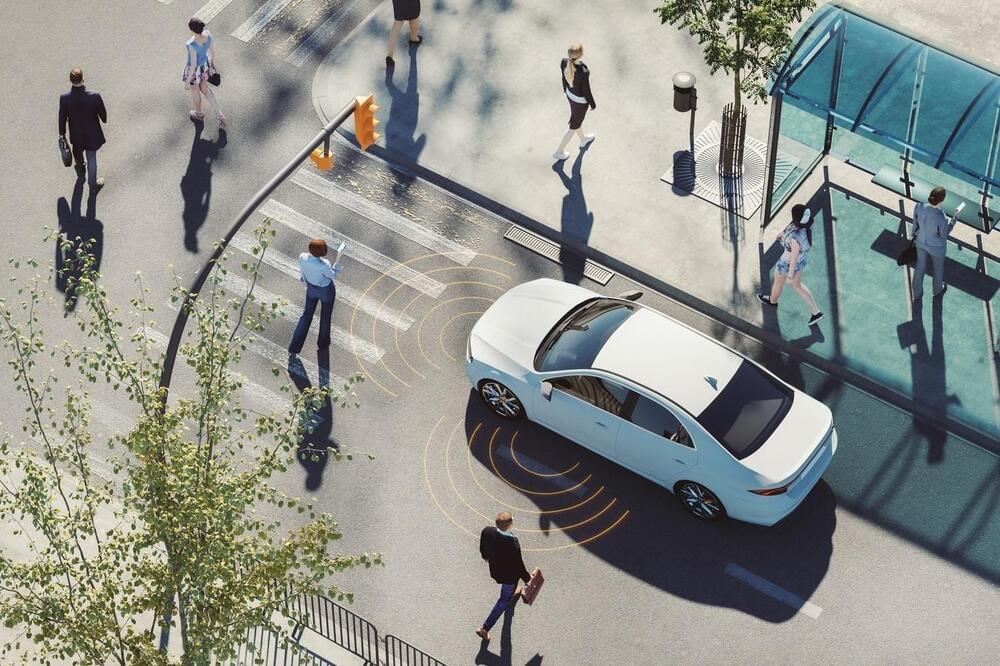From the astrology software of the 1970s to the Co-Star app, spirituality has proliferated online. Now, large language models can find overlooked ways to connect with a higher plane.


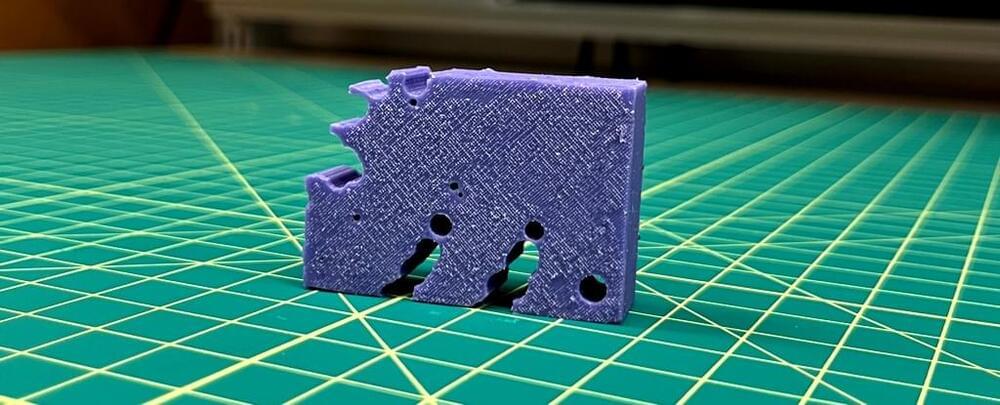
When a group of researchers asked an AI to design a robot that could walk, it created a “small, squishy and misshapen” thing that walks by spasming when filled with air.
The researchers — affiliated with Northwestern University, MIT, and the University of Vermont — published their findings in an article for the Proceedings of the National Academy of Sciences on October 3.
“We told the AI that we wanted a robot that could walk across land. Then we simply pressed a button and presto!” Sam Kriegman, an assistant professor at Northwestern University and the lead researcher behind the study, wrote in a separate blog post.

https://informatech.co/3RVp6BM by Elizabeth Montalbano.
Attackers are employing a new type of certificate abuse in an attempt to spread info-stealing malware, with the aim of collecting credentials and other sensitive data. In some instances, the goal is to steal cryptocurrency from Windows systems.
The campaign uses search engine optimization (SEO) poisoning to deliver search results featuring malicious pages promoting illegal software cracks and downloads. In the background, the pages deliver remote access Trojans (RATs) known as LummaC2, and RecordBreaker (aka Raccoon Stealer V2) researchers from South Korea-based AhnLab revealed in a blog post on Oct. 10.
Notably, the malware uses abnormal certificates featuring Subject Name and Issuer Name fields that have unusually long strings, which means they require specific tools or infrastructure to inspect the certificates and are not visible in Windows systems. Specifically, the signature strings include Arabic, Japanese, and other non-English languages, along with special characters and punctuation marks, diverging from the typical English character string structures, the researchers noted.

On October 10, the European Space Agency (ESA) published some interim data from its nearly a decade-long Gaia mission. The data includes half a million new and faint stars in a massive cluster, over 380 possible cosmic lenses, and the position of over 150,000 asteroids within the solar system.
[Related: See the stars from the Milky Way mapped as a dazzling rainbow.]
Launched in December 2013, Gaia is an astronomical observatory spacecraft with a mission to generate an accurate stellar census, thus mapping our galaxy and beyond. A more detailed picture of Earth’s place in the universe could help us better understand the diverse objects that make up the known universe.

https://informatech.co/3Ff6TaR by @wirelesswench
Microsoft flagged two zero-day security vulnerabilities under active attack in October’s Patch Tuesday update, which affect Microsoft WordPad and Skype for Business. The release also features a critical-rated, wormable bug in Message Queuing that could instill terror for admins of vulnerable systems.
The two bugs are part of a cadre of 103 total CVEs addressed by the computing giant this month. The patches run the gamut of Microsoft’s portfolio, including Azure, ASP.NET, Core, and Visual Studio; Exchange Server; Office, Microsoft Dynamics, and Windows.
Appropriately for October, the number of critical-rated vulnerabilities comes in at an unlucky 13; and notably, a full 20% of the fixes in the update relate to Microsoft Message Queuing (MSMQ).

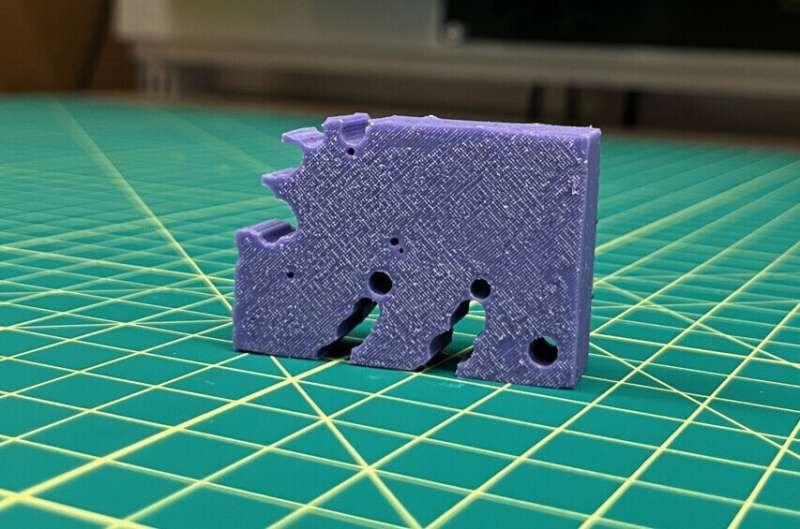
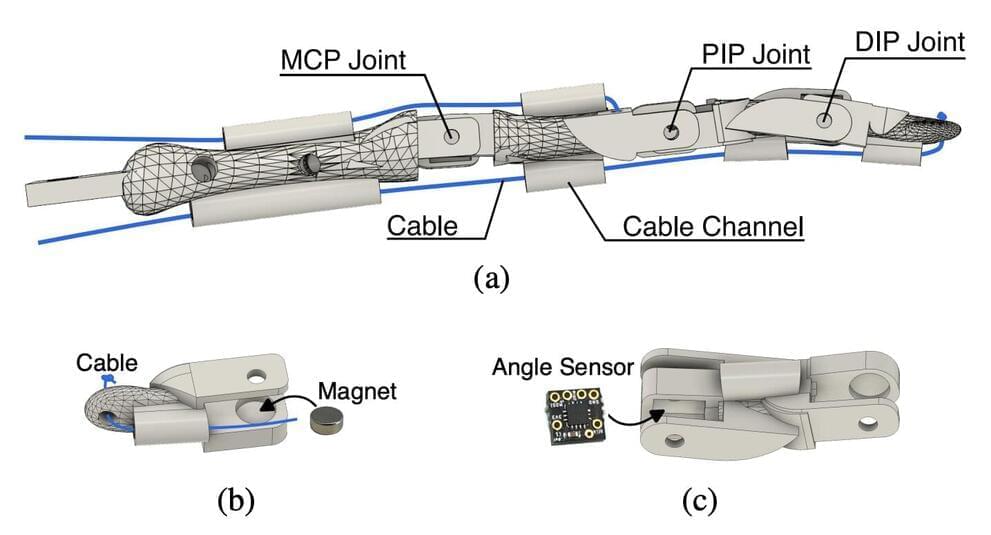
In recent years, roboticists have developed increasingly sophisticated robotic systems designed to mimic both the structure and function of the human body. This work includes robotic hands, grippers that allow robots to grasp objects and manipulate them like humans do while completing everyday tasks.
Ideally, robotic hands should be able to perform highly precise movements, while also being relatively affordable and easy to fabricate. However, most bio-inspired skeleton structures for robotic hands introduced so far have highly intricate designs containing numerous advanced components, which makes them difficult to fabricate on a large scale.
Researchers at Massachusetts Institute of Technology (MIT) recently created a new highly precise robotic hand that could be easier to upscale, as its components can be crafted using commonly employed techniques, such as 3D printing and laser cutting. Their robotic hand, introduced in a paper published in the journal 2023 IEEE International Conference on Soft Robotics (RoboSoft), is based on a so-called modular structure, meaning that it comprises multiple building blocks that can be rearranged to achieve different movements.
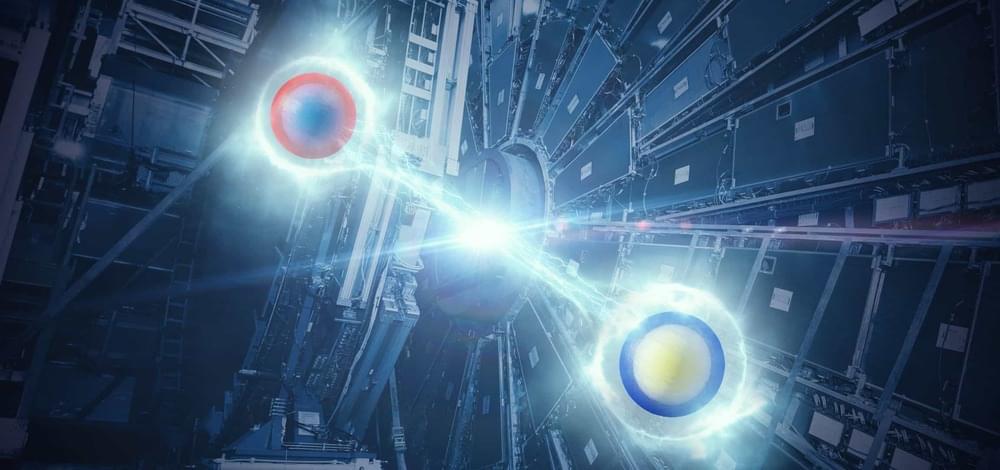
Physicists working on the ATLAS experiment at CERN have observed entanglement between pairs of top quarks for the first time. The finding demonstrates that entanglement can occur at energies more than 12 orders of magnitude higher than is typical for laboratory entanglement experiments. They also show that particle-physics facilities such as CERN’s Large Hadron Collider (LHC) can be used to study quantum mechanics and quantum information.
\r \r.
Entanglement is one of quantum mechanics’ strangest features. Dubbed “spooky action at a distance” by Albert Einstein, it creates an invisible connection between two objects that share a joint quantum state, such that measuring the state of one object – the spin of a particle, for example – immediately gives the state of the other, regardless of the distance between them. Many objects have been entangled, including photons, atoms and molecules as well as larger objects such as macroscopic diamonds.
